Digital Humanities Summer Fellowships
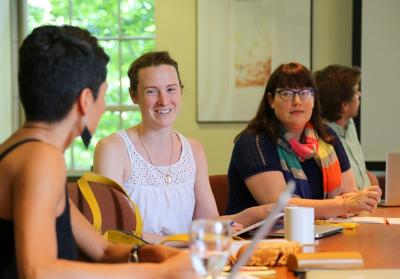
The Simpson Center offers annual summer fellowships for faculty and graduate students to pursue research projects that use digital technologies in innovative and intensive ways and/or explore the historical, social, aesthetic, and cross-cultural implications of digital cultures. The program has three primary goals:
- To animate knowledge—using rich media, dynamic databases, and visualization tools
- To circulate knowledge—among diverse publics
- To understand digital culture—historically, theoretically, aesthetically, and generatively
The Simpson Center gratefully acknowledges the support of a National Endowment for the Humanities Challenge Grant and the Andrew W. Mellon Foundation as well as many donors to the endowment which is underwriting these fellowships.
2025 - 2026 Digital Humanities Summer Fellows
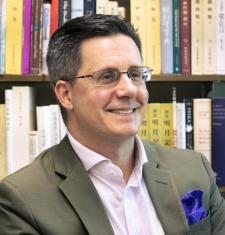
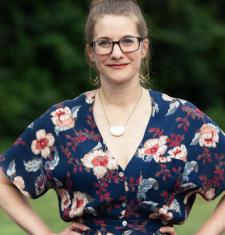
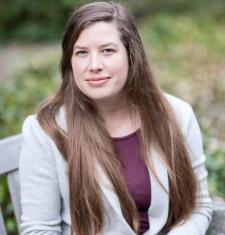
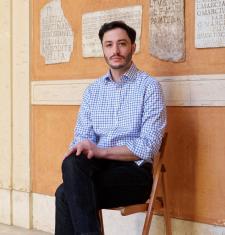
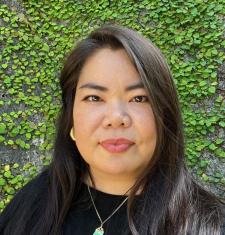
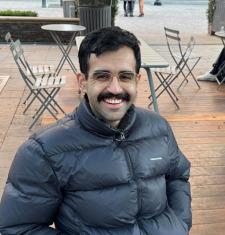
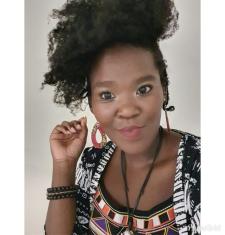
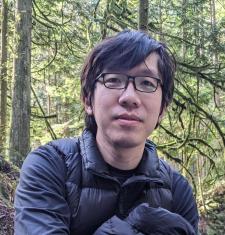
2018 - 2019 Digital Humanities Summer Fellow
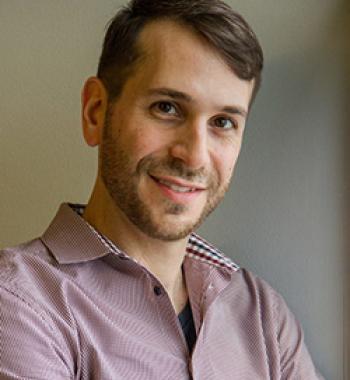
Abraham Avnisan
Specters of Home
Specters of Home is an interactive installation about haunting, exile, and colonialism. Made in collaboration with Palestinian dancers and choreographers, the project brings together virtual reality, architecture, and dance to explore the ways in which the political exclusion of Palestinians from the State of Israel haunts contemporary Israeli and Jewish-American culture. As viewers enter the installation space, they will find themselves immersed in a lush and ghostly 3D projection of the architectural ruins of the Palestinian village of Lifta, whose 3,000 residents were expelled from their homes during the Palestinian Exodus of 1948. Initially, Lifta appears empty, quiet, abandoned. But as the viewer begins exploring the space, Lifta’s ruins come to life: snippets of audio interviews conducted with the village’s former inhabitants and their descendants become audible, and spectral 3D imagery of bodies in motion begin to emerge.